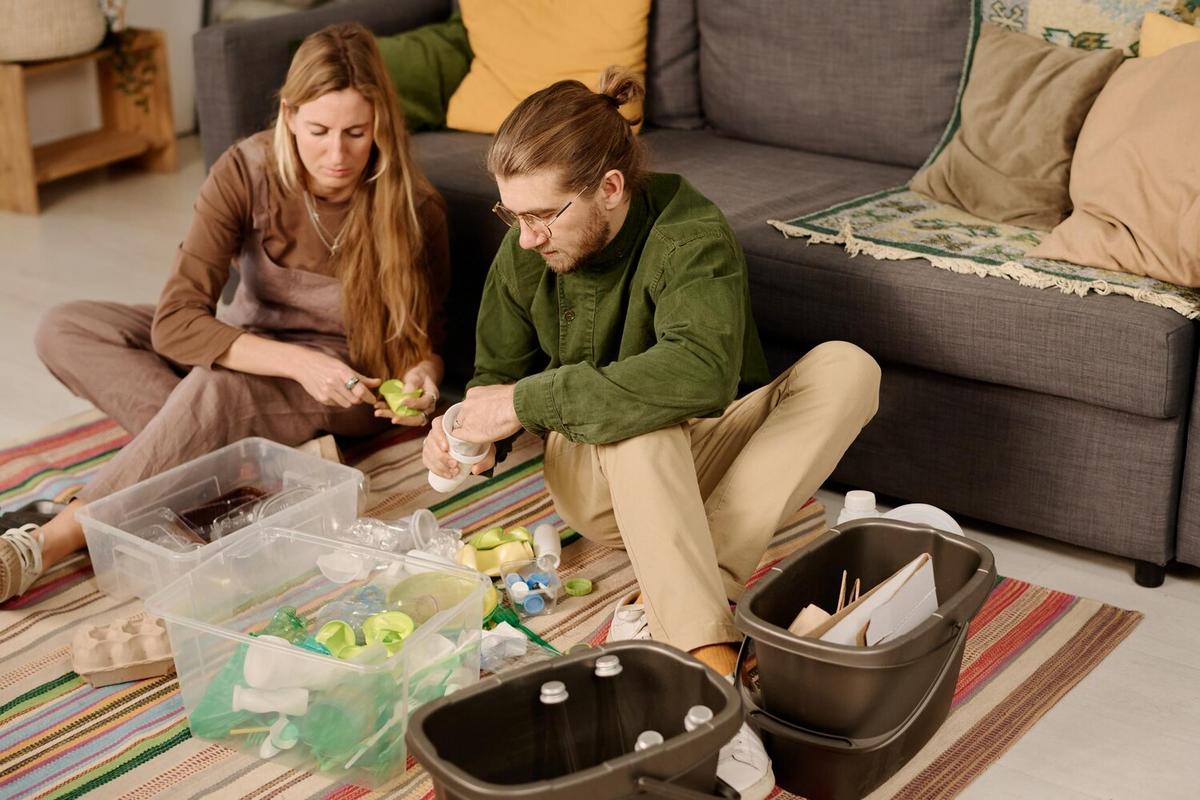Are you looking for effective ways to reduce household waste and contribute to a healthier planet? You’re not alone! With environmental concerns becoming more pressing, many individuals are seeking practical and sustainable solutions to minimize their waste footprint. In this blog post, we’ll explore a variety of strategies and tips to help you reduce household waste, save money, and make a positive impact on the environment.
Why Reducing Household Waste Matters
Reducing household waste is crucial for several reasons. It helps conserve natural resources, reduces pollution, and decreases the amount of waste that ends up in landfills. According to the Environmental Protection Agency (EPA), the average American generates about 4.9 pounds of trash per day. By taking steps to minimize waste, we can collectively make a significant difference.
Expert Opinions
“Reducing household waste is one of the most effective ways individuals can contribute to environmental sustainability,” says Dr. Jan Smejkal, an environmental scientist. “Simple changes in daily habits can lead to substantial reductions in waste production.”
Relevant Statistics
Consider these eye-opening statistics:
- The U.S. recycles only about 32% of its waste, according to the EPA.
- Approximately 91% of plastic waste is not recycled and ends up in landfills or the environment.
- Food waste accounts for nearly 30-40% of the U.S. food supply.
Actionable Tips to Reduce Household Waste
1. Embrace Reusable Items
Switch to reusable alternatives for items like water bottles, shopping bags, and food containers. This can significantly cut down on single-use plastics.
2. Compost Organic Waste
Composting is an excellent way to manage organic waste such as food scraps and yard trimmings. It not only reduces landfill waste but also creates nutrient-rich soil for gardening.
3. Implement Recycling Practices
Make sure to recycle paper, cardboard, glass, and certain plastics. Check your local recycling guidelines to ensure proper sorting.
4. Buy in Bulk
Purchasing items in bulk can reduce packaging waste. Opt for bulk bins and bring your own containers when possible.
5. Repair and Repurpose
Before throwing items away, consider if they can be repaired or repurposed. This extends the life of products and prevents unnecessary waste.
Comparison Table: Single-Use vs. Reusable Items
| Item | Single-Use | Reusable |
|---|---|---|
| Water Bottle | Plastic | Stainless Steel |
| Shopping Bag | Plastic | Cloth |
| Food Container | Plastic | Glass |
| Straw | Plastic | Metal |
| Coffee Cup | Paper | Ceramic |
| Paper Towel | Paper | Cloth |
| Napkin | Paper | Cloth |
| Razor | Disposable | Safety Razor |
Pro Tip: Create a designated recycling and composting station in your home to make waste sorting easier and more efficient.
Personal Anecdote
When I first started reducing household waste, I noticed an immediate difference in the amount of trash I produced. By switching to reusable items and composting organic waste, my weekly garbage output was cut in half.
FAQs
How can I start composting at home?
You can start composting by setting up a compost bin in your backyard or using a small indoor composting system. Add food scraps, yard waste, and other organic materials to the bin and turn it regularly.
What items can be recycled?
Common recyclable items include paper, cardboard, glass bottles, and certain plastics. Check with your local recycling program for specific guidelines.
How can I reduce food waste?
Plan your meals, store food properly, and use leftovers creatively to minimize food waste. Composting food scraps is also a great way to reduce waste.
Conclusion
Reducing household waste is a simple yet powerful way to contribute to a healthier planet. By embracing reusable items, composting, recycling, and making mindful purchasing decisions, you can make a significant impact. Start with small changes and gradually incorporate more sustainable practices into your daily routine. Together, we can create a cleaner, greener future.




Leave a Reply